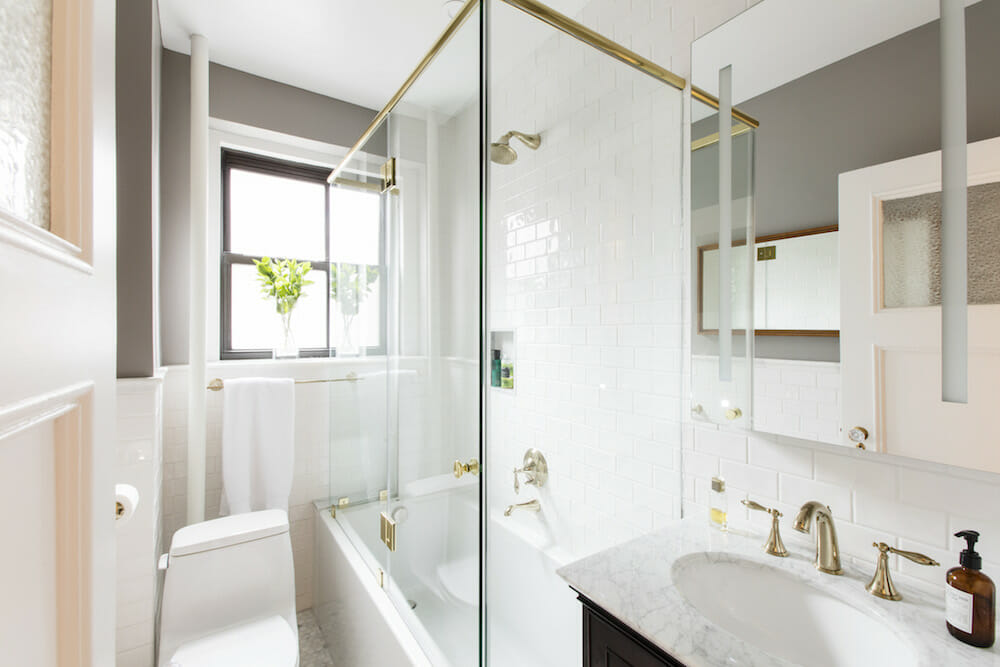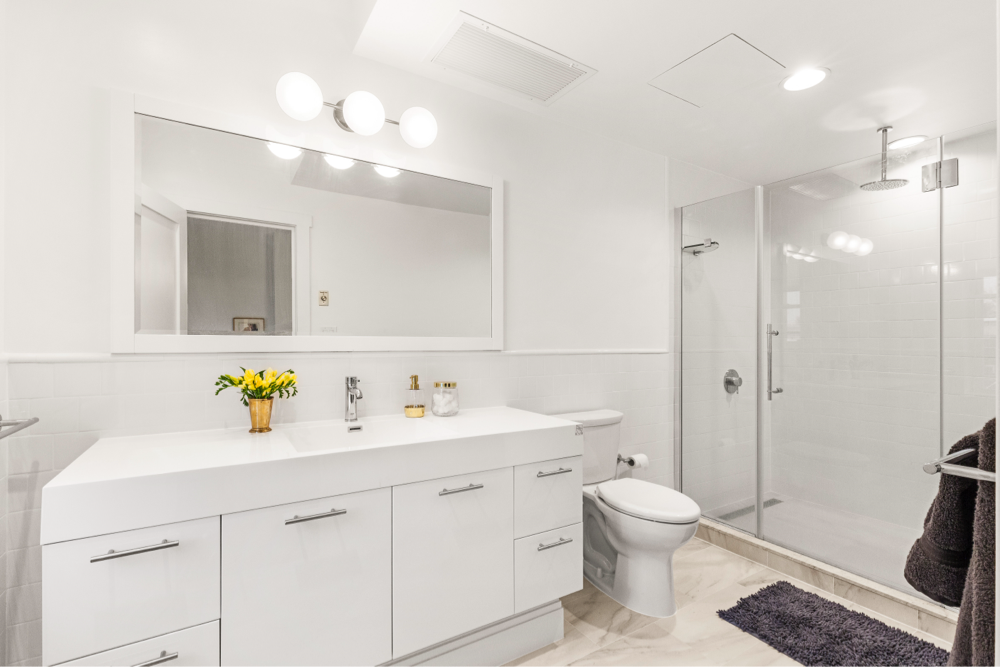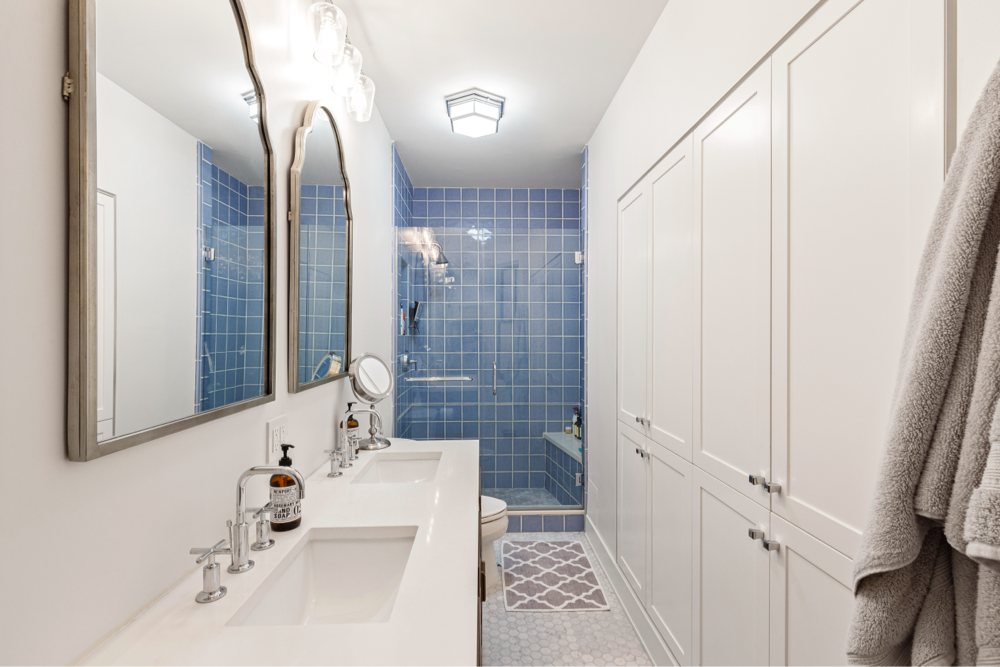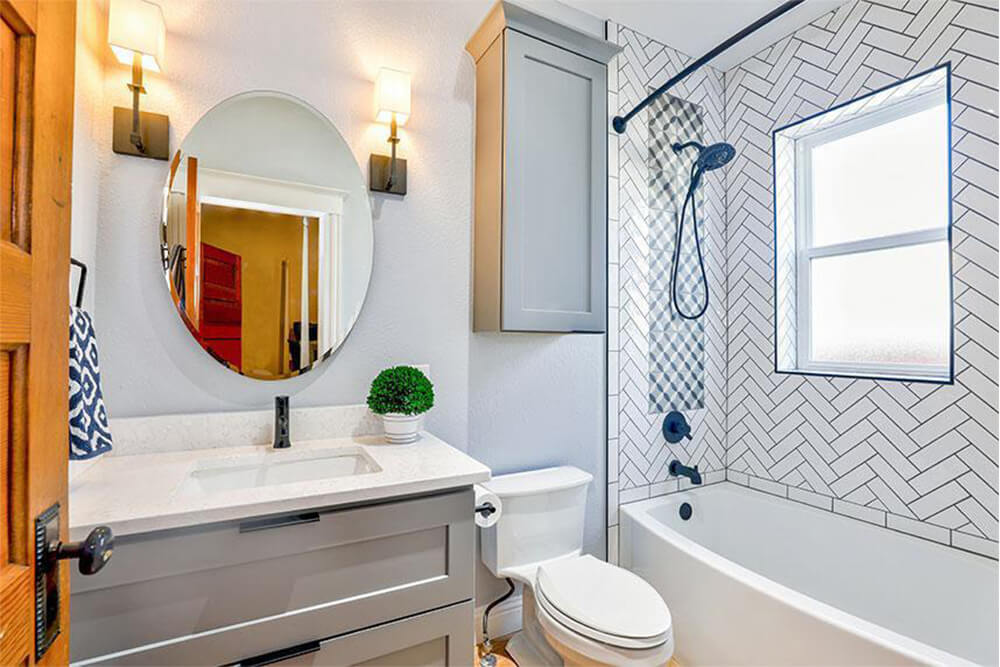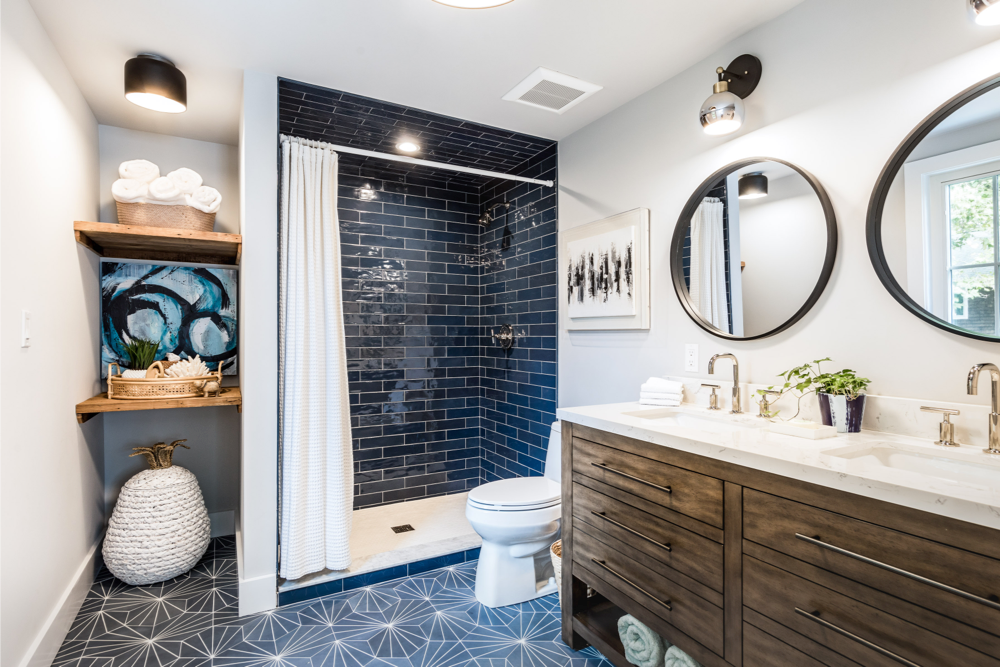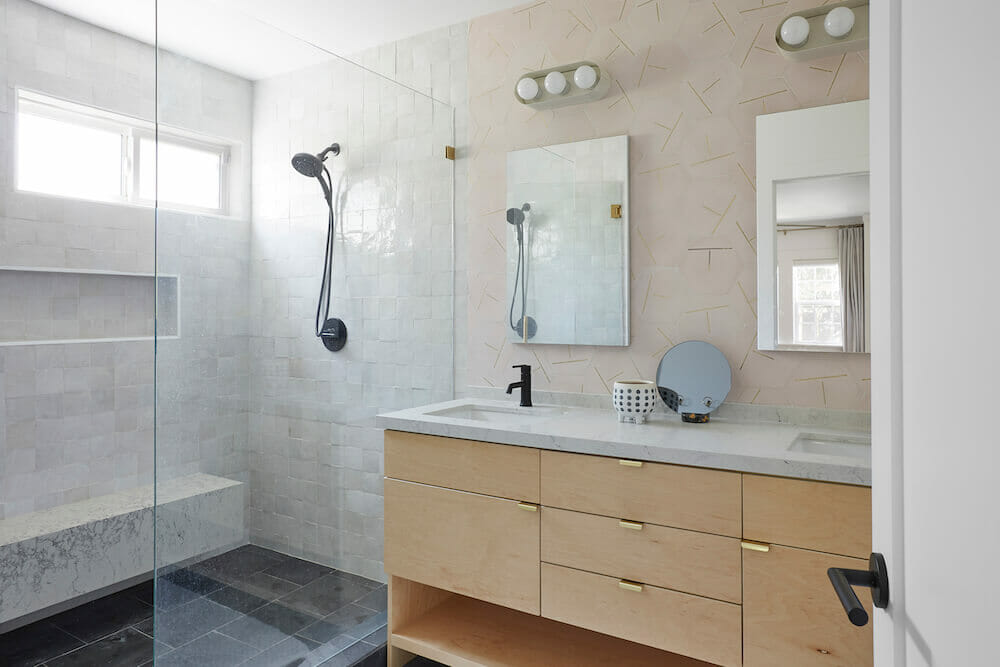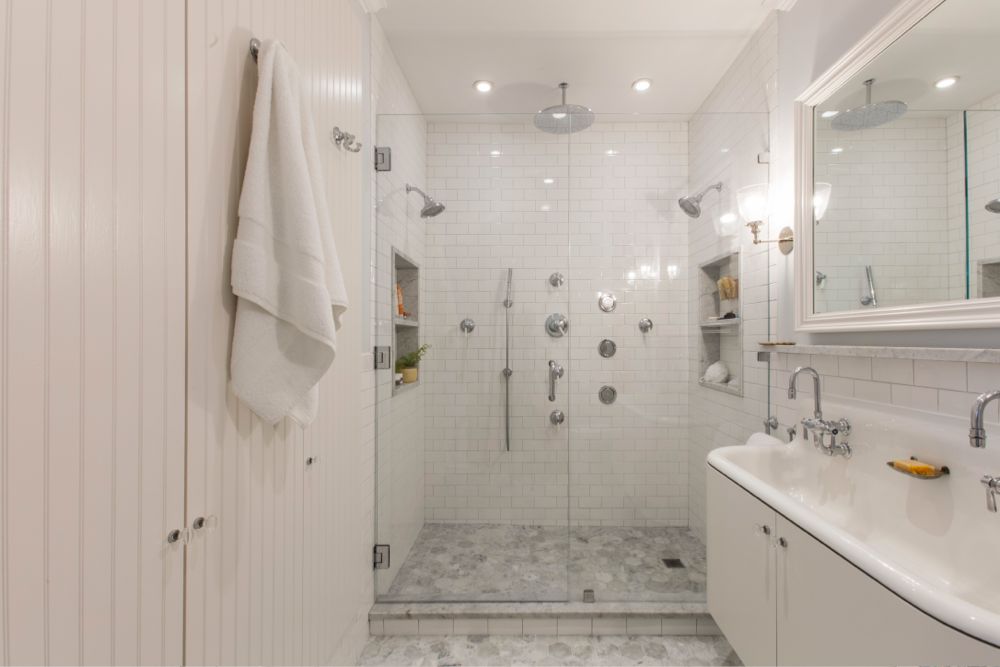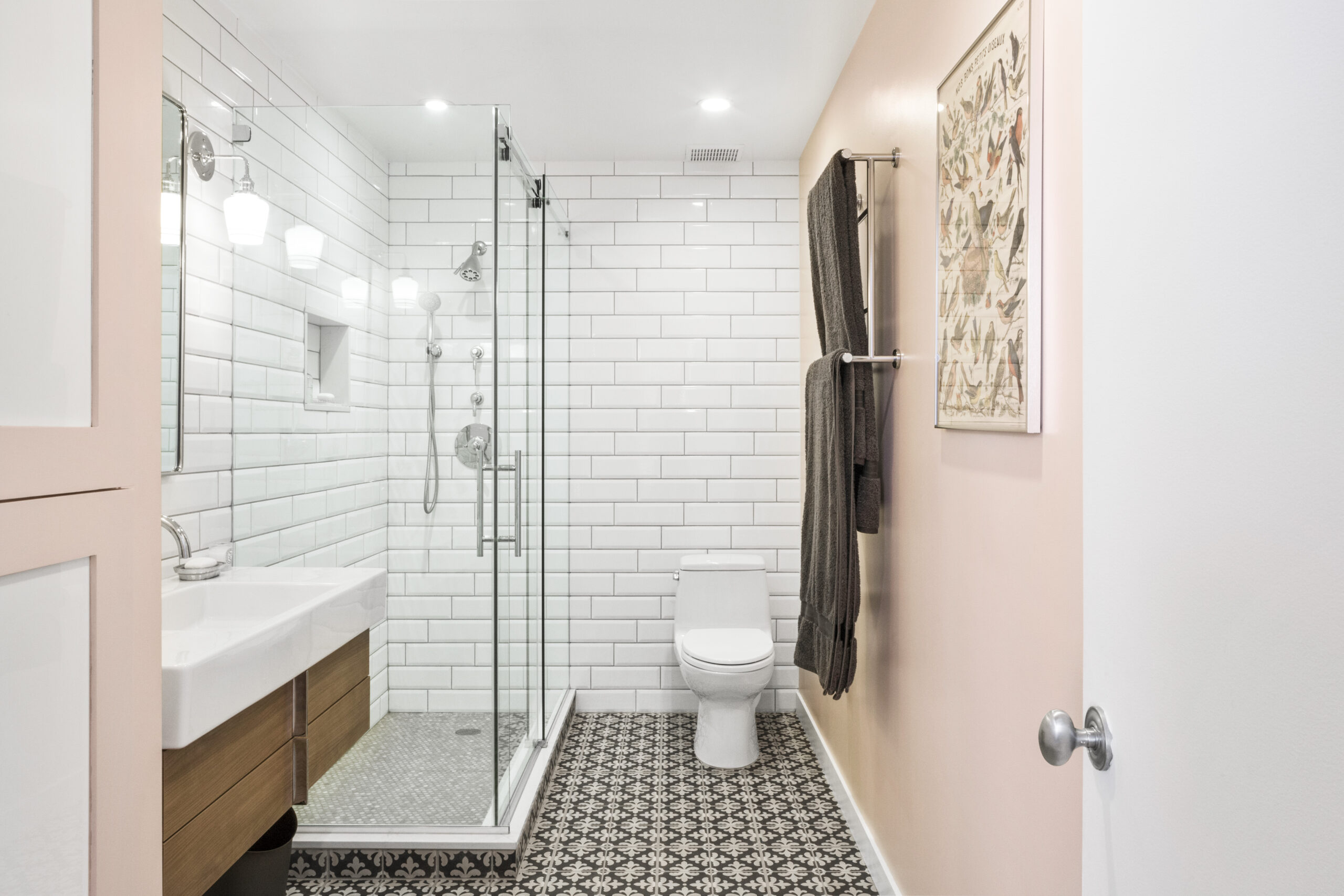Home / Blog / Home Renovation Process
Your Comprehensive Guide to Bathtub Liners
Are you tired of staring at that drab old bathtub? Don’t let it drag you down anymore! There’s a quick and easy way to give your bathroom a major makeover without the hassle (or the hefty price tag) of a full renovation. Enter: bathtub liners! In this blog, we’re diving deep into the world of bathtub liners, from choosing the perfect style to DIY installation tips. So, grab a comfy seat, pour yourself a cup of tea, and let’s transform your bathroom together!
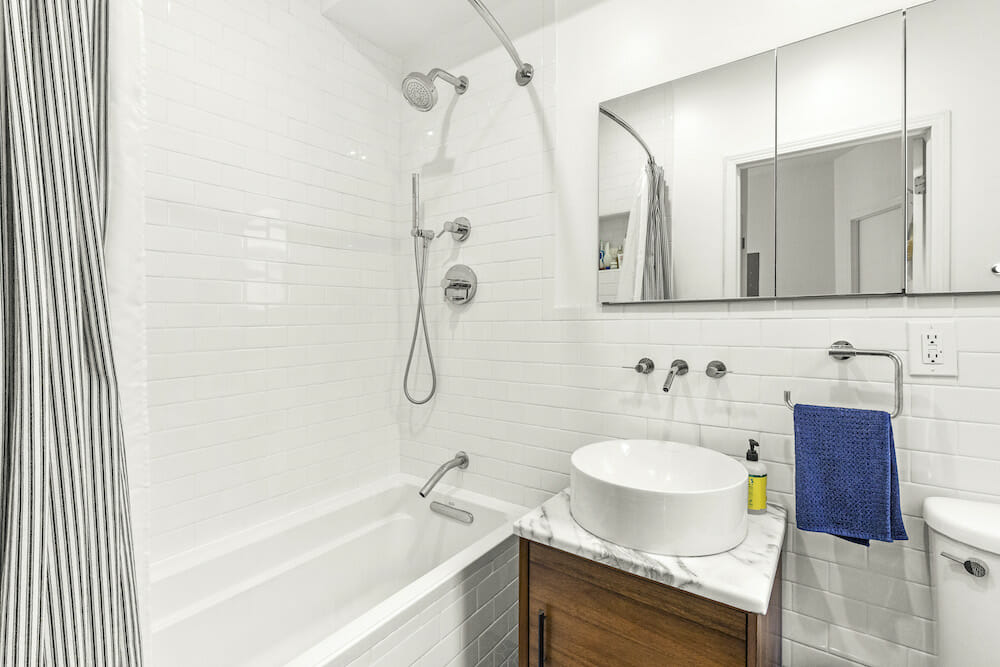
At Sweeten, we’re experts at all things general contractors — we pre-screen them for our network, carefully select the best ones for your remodeling project, and work closely with hundreds of general contractors every day. So, we’ve tapped our internal expertise to bring you this guide.
What are bathtub liners?
Bathtub liners are custom-made coverings that fit over the existing surface of your bathtub. They are typically made from materials such as acrylic, fiberglass, or aluminum. Bathtub liners can be used to:
- Restore the appearance of a damaged or worn-out tub: Liners can hide scratches, stains, and other imperfections.
- Update the style of your bathroom: Liners are available in a wide variety of colors, patterns, and textures.
- Improve the insulation of your tub: Some liners can help to keep your bathwater warmer for longer.
- Make your tub easier to clean: Liners create a smooth, non-porous surface that is resistant to mold and mildew.
Types of bathtub liners
There are three main types of bathtub liners:
- Acrylic liners: Acrylic liners are the most popular type of bathtub liner. They are durable, easy to clean, and available in a wide range of colors and patterns.
- Fiberglass liners: Fiberglass liners are a good option for homeowners on a budget. They are not as durable as acrylic liners, but they are still a good way to improve the appearance of your tub.
- Aluminum liners: Aluminum liners are the most durable type of bathtub liner. They are also the most expensive, but they can last for many years.
Choosing the right bathtub liner
When choosing a bathtub liner, it is important to consider the following factors:
- The size and shape of your tub: You will need to measure your tub to ensure that you get a liner that is the right size.
- Your budget: Bathtub liners can vary in price depending on the material and the size.
- Your personal preferences: You should choose a liner that you like the look of.
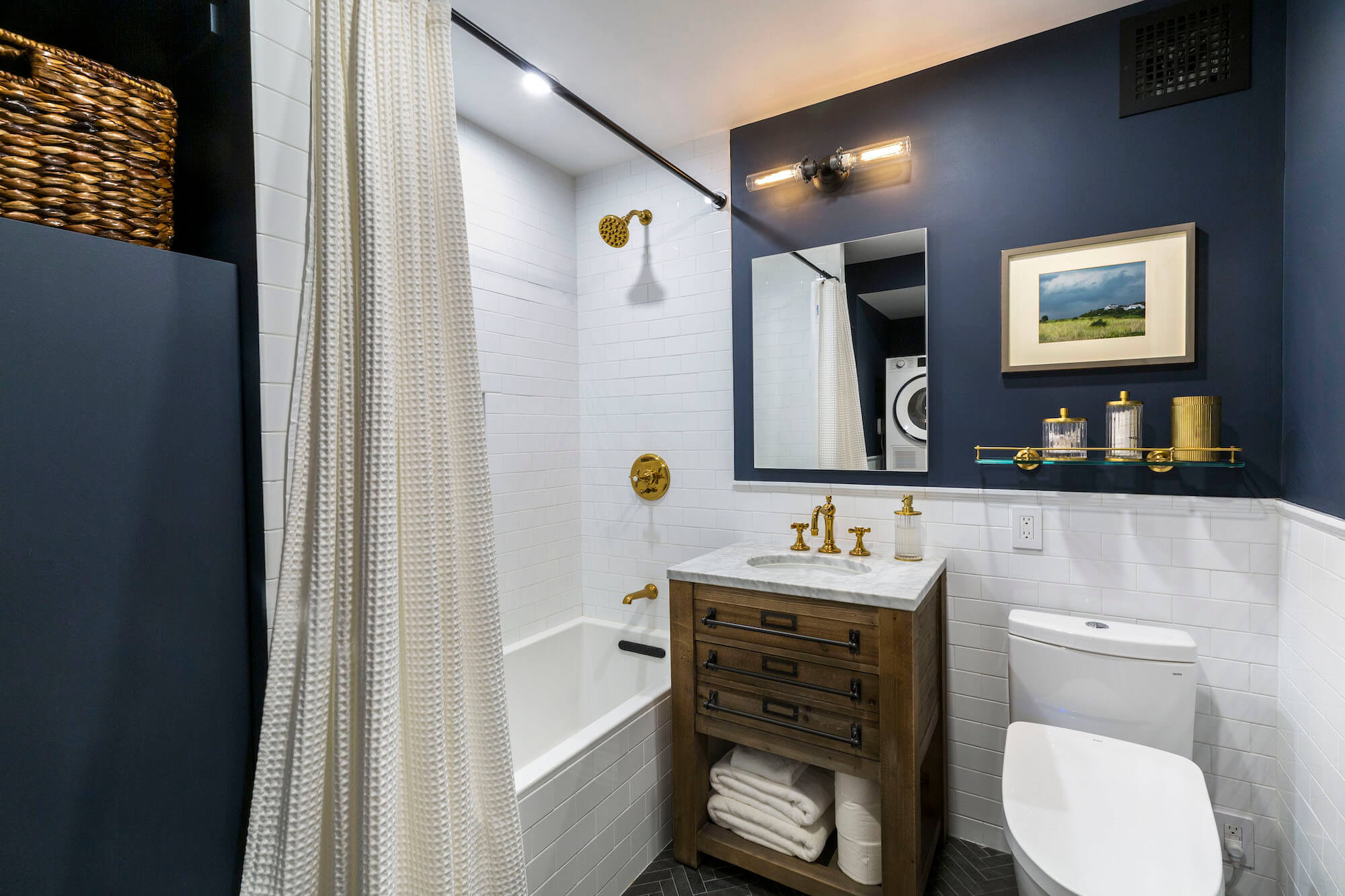
Benefits of bathtub liners
There are many benefits to installing a bathtub liner. Here are just a few:
- Improved appearance: A bathtub liner can make your tub look like new. This can be a great way to improve the overall aesthetic of your bathroom.
- Increased value: A bathtub liner can increase the value of your home. This is because it is a relatively inexpensive way to upgrade your bathroom.
- Reduced maintenance: A bathtub liner can reduce the amount of time and money you spend on cleaning your tub. This is because liners are easier to clean than traditional tubs.
- Increased comfort: A bathtub liner can make your tub more comfortable to sit in. This is because liners are typically softer and more cushioned than traditional tubs.
- Increased safety: A bathtub liner can help to prevent slips and falls. This is because liners create a non-slip surface.
- Improved energy efficiency: Some bathtub liners can help to improve the energy efficiency of your home. This is because they can help to keep your bathwater warmer for longer.
Why consider bathtub liners?
Bathtub liners offer a convenient, affordable, and hassle-free way to revitalize your bathroom. They can dramatically improve the appearance of your tub while providing a durable and hygienic surface. Here’s why you should consider them: Sweeten brings homeowners an exceptional renovation experience by personally matching trusted general contractors to your project, while offering expert guidance and support—at no cost to you. Renovate expertly with Sweeten
Cost-effective: Bathtub liners are significantly cheaper than replacing an entire tub. This is because they are typically made from a thin layer of material that is applied over the existing tub surface. This means that you can get a new-looking tub without having to pay for a complete renovation.
Quick installation: The installation process is relatively simple and can be completed in a single day. This is a great option if you are looking to upgrade your bathroom without having to disrupt your daily routine.
Durability: High-quality liners are built to last, providing years of service. This is because they are made from durable materials that are resistant to scratches, stains, and other damage.
Aesthetic appeal: Liners are available in a wide range of colors, patterns, and textures to suit any bathroom style. This means that you can find a liner that will complement the overall aesthetic of your bathroom.
Improved hygiene: Bathtub liners create a smooth, non-porous surface that is easier to clean and maintain than traditional tubs. This is because traditional tubs can be porous, which can allow mold and mildew to grow. Bathtub liners, on the other hand, are non-porous, which makes them resistant to mold and mildew.
Choosing the right liner
When selecting a bathtub liner, consider the following factors:
- Material: Acrylic, fiberglass, and aluminum are common materials used for bathtub liners. Each has its own advantages and disadvantages.
- Color and pattern: Choose a liner that complements the overall aesthetic of your bathroom.
- Thickness: Thicker liners generally provide better insulation and durability.
- Installation method: Some liners require professional installation, while others can be installed by homeowners with basic DIY skills.
Installation Tips
If you’re planning to install a bathtub liner yourself, follow these tips:
- Prepare the tub: Clean the tub thoroughly to remove any dirt, grime, or soap scum.
- Measure the tub: Ensure that the liner you purchase is the correct size.
- Apply adhesive: Use a high-quality adhesive specifically designed for bathtub liners.
- Install the liner: Carefully position the liner in the tub and smooth out any wrinkles.
- Seal the edges: Seal the edges of the liner with a waterproof sealant.
Maintenance and Care
Proper maintenance is essential to prolong the life of your bathtub liner. Here are some tips:
- Regular cleaning: Clean the liner regularly with mild soap and water. Avoid harsh chemicals or abrasive cleaners.
- Prevent scratches: Use a soft cloth or sponge when cleaning to prevent scratches.
- Address leaks: If you notice any leaks around the edges of the liner, seal them promptly.
- Repair damage: Minor damage, such as small scratches, can often be repaired with a touch-up kit.
So, there you have it! Bathtub liners offer a convenient, affordable, and stylish way to transform your bathroom without the hassle of a full renovation. By following the tips and advice in this guide, you can choose the perfect liner, ensure a successful installation, and enjoy a beautiful, functional bathtub for years to come.
We can help plan your renovation
Find endless home renovation inspiration, detailed guides, and practical cost breakdowns from our blogs. You can also post your project on Sweeten today and get matched with our vetted general contractors and get estimates for free!
FAQs
While it’s possible to install a bathtub liner yourself, hiring a professional is often recommended due to their expertise, access to specialized tools, and potential warranty benefits. However, if you’re confident in your DIY skills and have the necessary tools, you can attempt the installation.
The lifespan of a bathtub liner can vary depending on factors like material quality, installation, and maintenance. Generally, well-installed and maintained liners can last 10-20 years or more. To maximize its longevity, follow the manufacturer’s cleaning and care guidelines.
